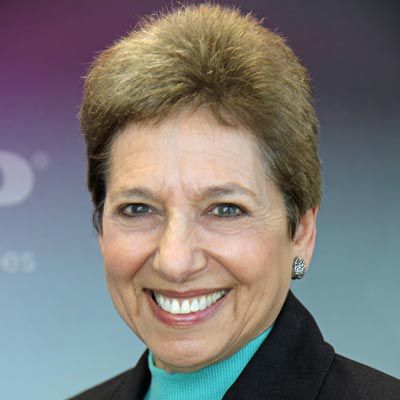Real Possibilities
March 20-26, 2017
Counterfeit drugs are everywhere
By Nan Selz
Executive Council, AARP Arkansas
Although the drug supply in the United States is among the safest and most controlled in the world, it is increasingly threatened by the introduction of stolen, out-of-date, adulterated and fake medications. Such drugs have been found in pharmacies, hospitals, nursing homes and doctors’ offices. They may be medically worthless or even toxic.
FDAble, a company that tracks adverse reactions caused by medications and medical devices, reported nearly 1,400 such reactions to the FDA from 2010 to 2015. This statistic does not reflect the true size of the problem, however, since most people who use counterfeit or compromised medications never suspect they have done so. If they have an adverse reaction or don’t get the positive result they anticipated, they simply don’t suspect that the quality of the drug might be the reason.
Many fake drugs are purchased through Internet pharmacies that mail drugs directly to consumers. A 2014 report by the Government Accountability Office estimated that there are 36,000 such pharmacies. Many of them sell drugs that contain too much, too little or no active ingredients; and some contain dangerous contaminants. These sites often claim to be Canadian, but a 2005 FDA study discovered that 85 per cent were based in 27 other countries.
A new law requires that by late 2017 prescription drug packaging must include a serial number to aid tracking from manufacturer to destination. The law also establishes a public database of licensed wholesalers. There is some concern, however, that counterfeiters might be able to fake the newly required serial numbers and bar codes.
Consumers who wish to shop online should use one of the Verified Internet Pharmacy Practice Sites that have been accredited through the National Association of Boards of Pharmacy. This list can be found at www.nabp.net. Consumers should avoid companies that sell prescription drugs without a prescription. They should also avoid small pharmacies that offer cut-rate drugs which are often located in strip malls. And they should always remember the rule that, if the price seems too good to be true, the product probably isn’t what it appears to be.
This information is taken from an article entitled “Counterfeit Drugs Are Flooding the Nation’s Pharmacies And Hospitals” by Joe Eaton. It appeared in the May 2016 edition of the AARP Bulletin. To read the whole article, go to www.aarp.org



